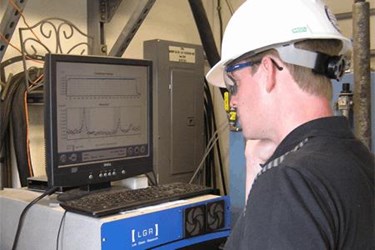Trace HCL Measurements In Coal-Fired Power Plant Emissions Using Cavity Enhanced Laser Absorption Spectroscopy

BySteve Gibbons, ABB and Jean Berthold, LGR
Regulations recently promulgated by the Environmental Protection Agency (EPA) require qualifying power and cement plants to monitor and control hydrogen chloride (HCl) emissions. These regulations call for HCl concentrations to be below 1 ppm for power plants and 3 ppm for cement plants.
A few key factors can make these measurements challenging. HCl is highly soluble in water and suffers from adsorption and desorption effects with certain materials like PTFE, which is often used in sample tubing. Additionally, reactions with ammonia in the flue gas can form several salts. In the case of an extractive sampling system, if the temperature of the sample drops below the sublimation point of these salts, build-up occurs. Salt build-up on sample tubing can interfere with the measurement of HCl and other flue gas components.
Get unlimited access to:
Enter your credentials below to log in. Not yet a member of Pollution Online? Subscribe today.
